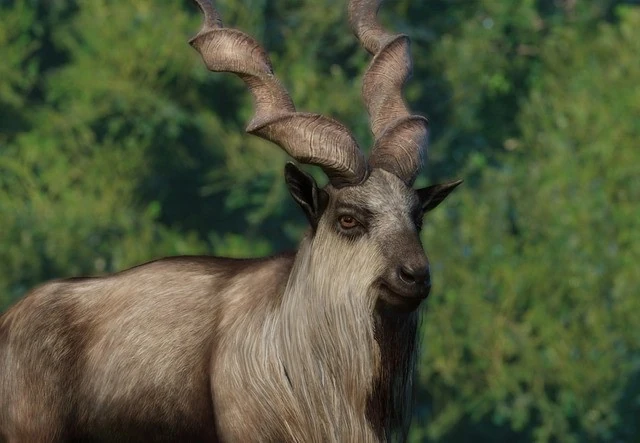May 24, 2025, marks the second annual observance of the International Day of the Markhor, a United Nations-recognized day dedicated to raising awareness about the conservation of the markhor (Capra falconeri), a majestic wild goat native to the mountainous regions of Central and South Asia.
This observance was established by the UN General Assembly in 2024 through resolution A/RES/78/278, with Pakistan and eight other countries sponsoring the initiative.
Pakistan has a deep-rooted connection with the markhor. Not only does it represent the country’s rich biodiversity, but it also features on the official emblem of the Inter-Services Intelligence (ISI), underscoring its symbolic importance in national strength and vigilance.
Its majestic horns and survival instincts are often linked with Pakistani values of courage, determination, and endurance.

Despite its iconic status, the markhor was once on the brink of extinction due to poaching, habitat destruction, and lack of awareness. However, Pakistan emerged as a global model of wildlife conservation through innovative, community-driven initiatives.
Projects like controlled trophy hunting in areas such as Chitral Gol National Park and Torghar in Balochistan allowed local communities to benefit financially from conservation, significantly increasing the markhor population.
Thanks to these efforts, the markhor’s status on the IUCN Red List was downgraded from Endangered to Near Threatened in 2014, a proud achievement for Pakistan and a testament to effective policy and grassroots engagement.
Conservation initiatives have shown promising results. Community-based programs, particularly in Pakistan, have successfully combined sustainable trophy hunting with local economic development. By allocating a significant portion of hunting revenues to local communities, these programs have incentivized the protection of the markhor and its habitat.

The International Day of the Markhor serves as a reminder of the collective responsibility to protect this iconic species. It encourages governments, organizations, and individuals to engage in activities that promote the conservation of the markhor and its environment.
By raising awareness and supporting sustainable practices, we can ensure that future generations continue to witness the markhor thriving in its natural habitat.
As we observe this day, let us celebrate the markhor’s resilience and commit to actions that safeguard its future. Through education, conservation, and community involvement, we can contribute to the preservation of this remarkable species and the rich biodiversity it represents.
Areeba Kanwal is a contributor at The Diplomatic Insight and has passion for International Relations and diplomacy.





